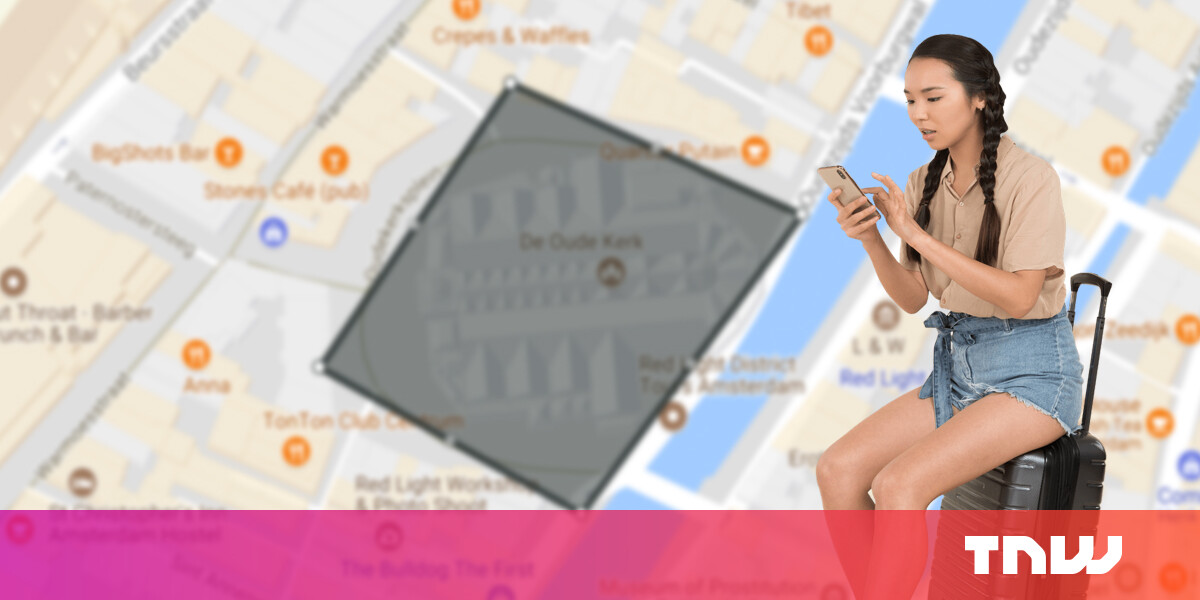Why location-based marketing outperforms industry averages - 2 minutes read
 Did you know TNW Conference has a track fully dedicated to exploring how technology will shape the ever-evolving marketing landscape this year? Check out the full ‘Rebrand‘ program here.
Did you know TNW Conference has a track fully dedicated to exploring how technology will shape the ever-evolving marketing landscape this year? Check out the full ‘Rebrand‘ program here.Geofencing — also called location-based marketing — is a type of mobile ad targeting that involves a two-step process as follows:
Mapping out a specific geographic area where you want digital ads to appear.
Triggering the ads when someone enters the virtual fenced-in area.
Geofencing goes beyond standard geographic targeting by homing in on very specific locations down to streets — or even buildings like malls or restaurants — and serving ads to consumers who enter those “fenced in” areas.
The ads themselves only show when someone crosses the virtual fence. They manifest in a variety of ways, including alerts on smartphones or internet-enabled devices, ads on digital billboards, and app notifications.
Keep in mind that geofencing relies on app notifications and GPS information, both criteria that consumers must opt into before they can receive the ads.
A creative example of a successful geofencing campaign was Burger King’s Whopper Detour, a campaign that resulted in millions of downloads of the Burger King app and over a half a million coupon redemptions from the promo.
In a move that can be construed as either brilliant or evil (or a bit of both), Burger King targeted consumers who were either inside a McDonald’s restaurant or within 600 feet of one.
Read: [Why your startup should market content, instead of your product]
When a consumer entered one of the geofencing locations, the Burger King app pushed a coupon notification that enabled the user to get a Whopper at Burger King for just a penny.
Source: The Next Web
Powered by NewsAPI.org